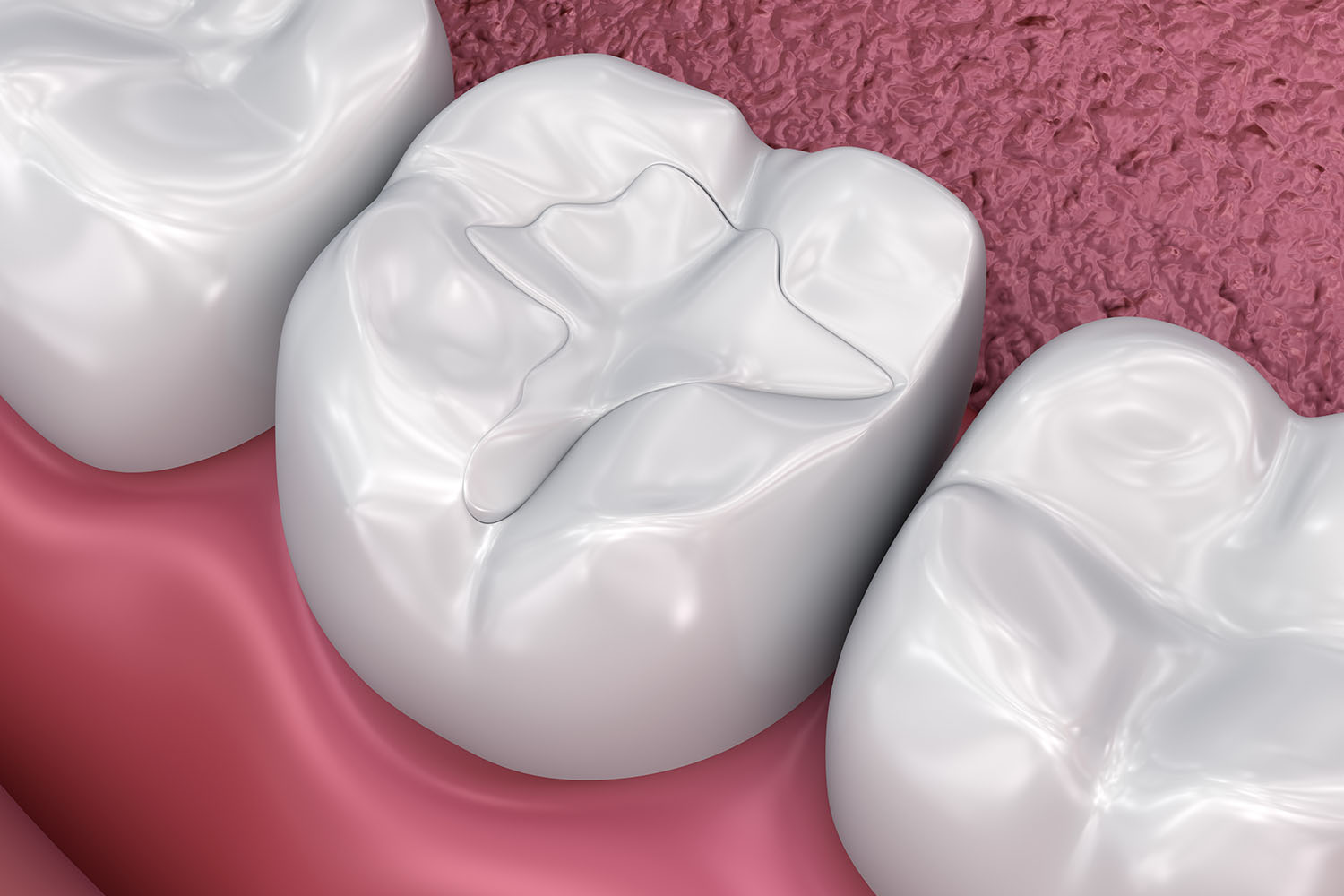Overview
In the area of dental care, teeth filling stands as a cornerstone procedure, aiding millions in restoring both function and aesthetics to their smiles. Whether it’s to address cavities, fractures, or wear and tear, teeth filling plays a pivotal role in preserving dental health and enhancing quality of life. Let’s delve into the depths of this common yet crucial dental treatment, backed by facts and research.

What Exactly is Teeth Filling?
Teeth filling, also known as dental filling, is a procedure performed by dentists to repair damage to the structure of a tooth, typically caused by decay, trauma, or wear. The process involves removing the decayed or damaged portion of the tooth and filling the cavity with a suitable material to restore its integrity and function.
Types of Dental Fillings:
Amalgam Fillings: Amalgam fillings have been a longstanding choice in dental restorations. Composed of a blend of metals including mercury, silver, tin, and copper, they offer durability and strength, making them ideal for use in posterior teeth subjected to heavy chewing forces.
Composite Fillings: Composite fillings, made of a mixture of plastic and fine glass particles, are increasingly popular due to their ability to blend seamlessly with natural tooth color. They provide excellent aesthetic results, making them a preferred choice for visible areas of the smile.
Ceramic Fillings: Ceramic or porcelain fillings are tooth-colored restorations crafted to match the shade and texture of natural teeth closely. Known for their biocompatibility and durability, ceramic fillings offer superior aesthetics and are resistant to staining.
Facts Backed by Research:
Longevity: Research suggests that the longevity of dental fillings varies depending on factors such as the material used, the location of the filling, and individual oral hygiene practices. Amalgam fillings have been found to last longer in high-stress areas compared to composite fillings.
Biocompatibility: Studies have shown that modern dental materials used in fillings, such as composite resins and ceramics, exhibit excellent biocompatibility with oral tissues, reducing the risk of allergic reactions or adverse effects.
Aesthetic Appeal: Advancements in dental materials and techniques have revolutionized the field of cosmetic dentistry, allowing for the creation of fillings that closely mimic the appearance of natural teeth. This has led to increased patient satisfaction and confidence in their smiles.
The Importance of Timely Intervention:
Addressing dental issues promptly is crucial in preventing further damage and preserving oral health. Ignoring cavities or delaying treatment can lead to complications such as infection, abscess formation, and even tooth loss. Regular dental check-ups enable early detection and intervention, minimizing the need for extensive procedures in the future.


